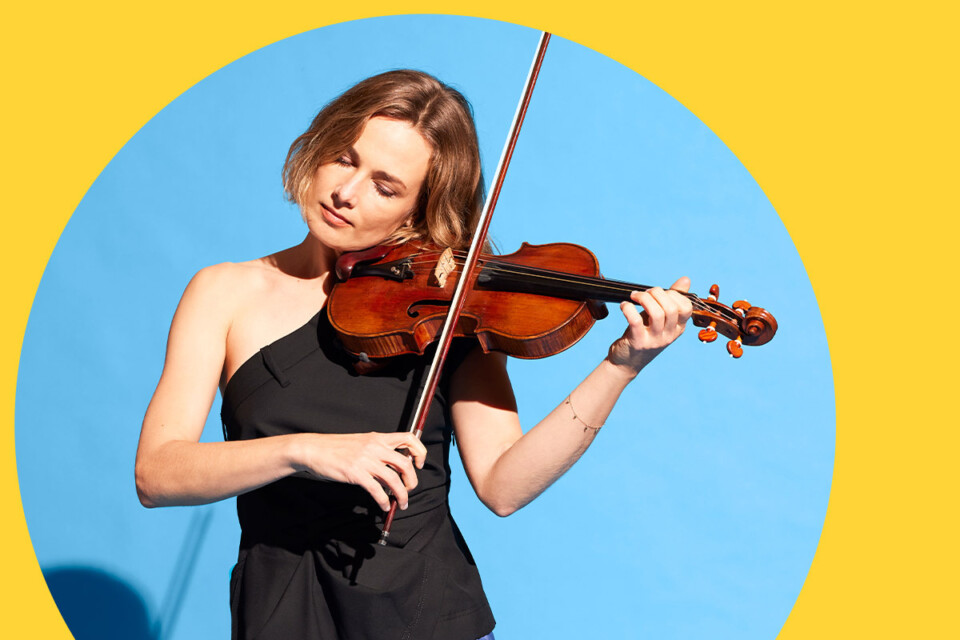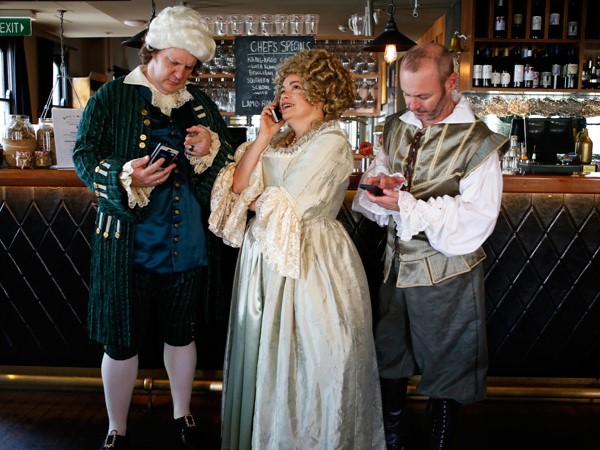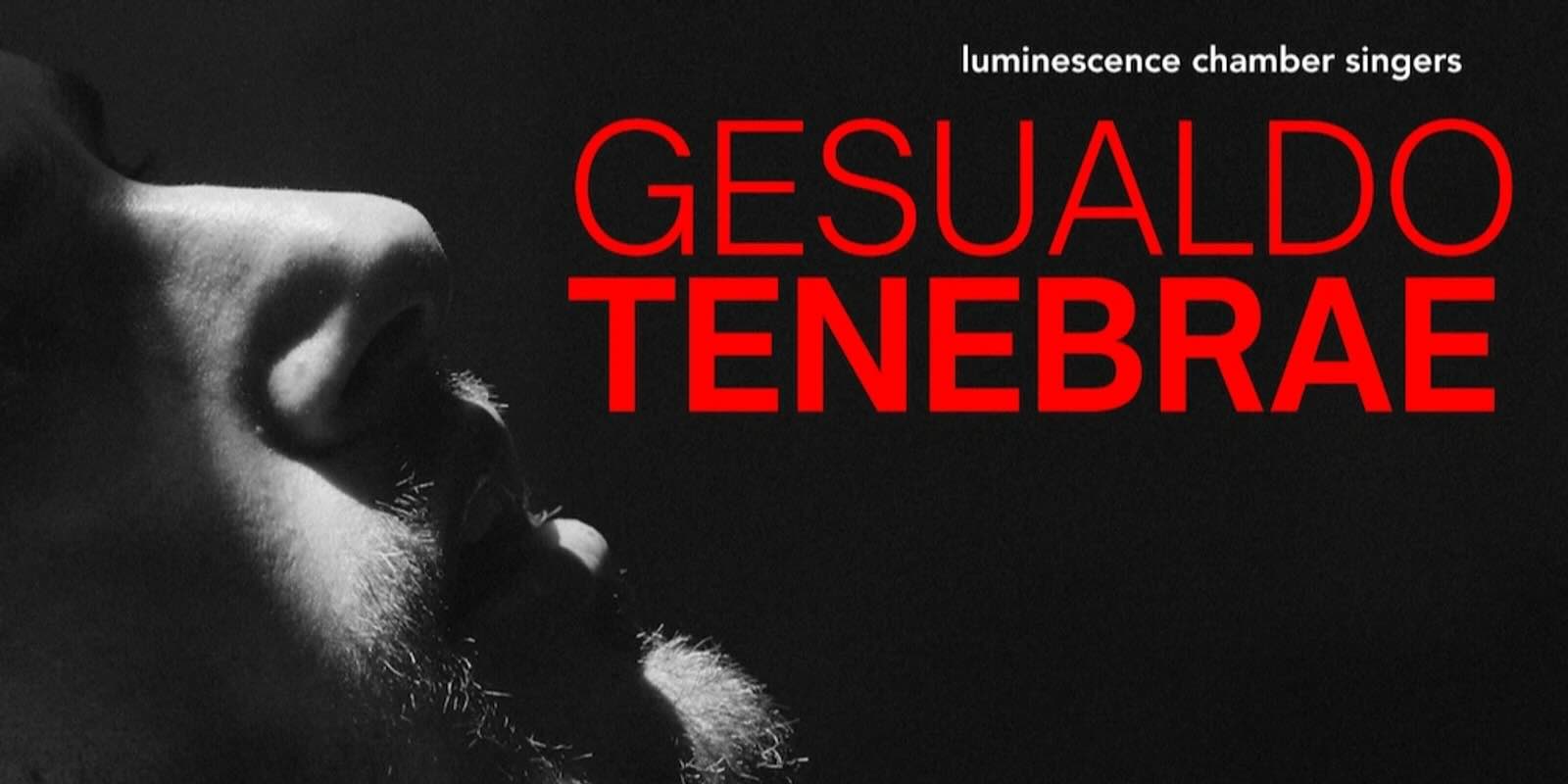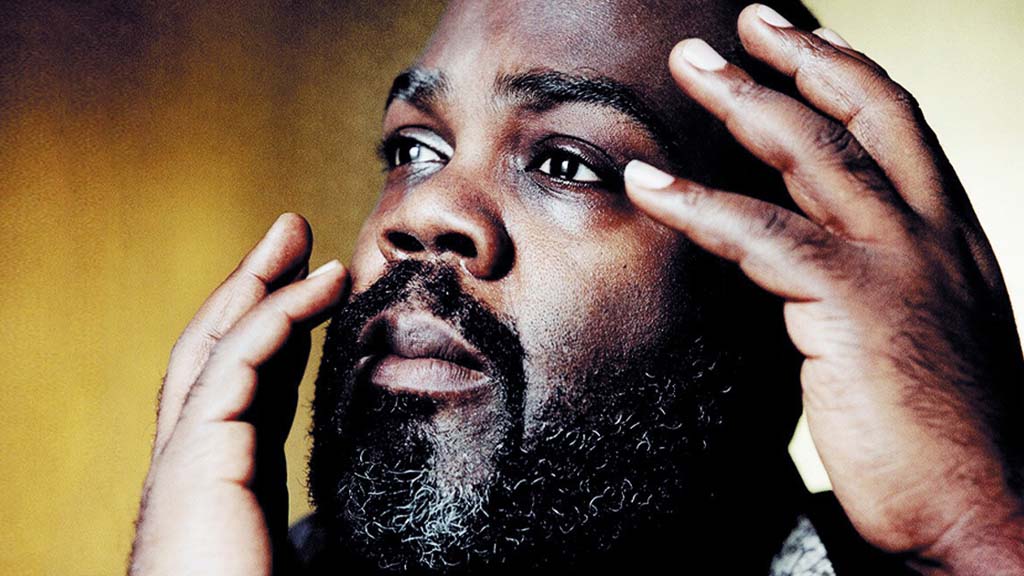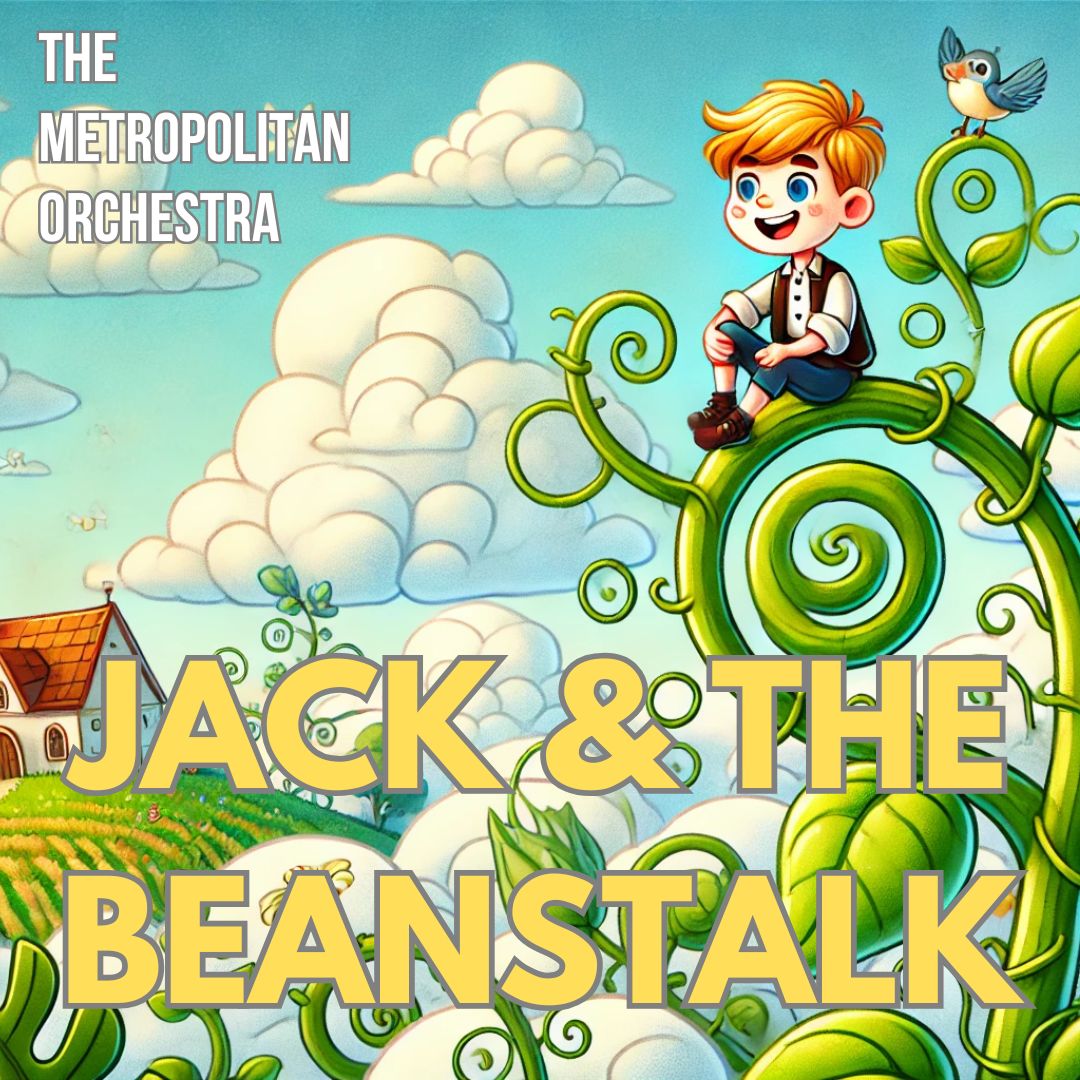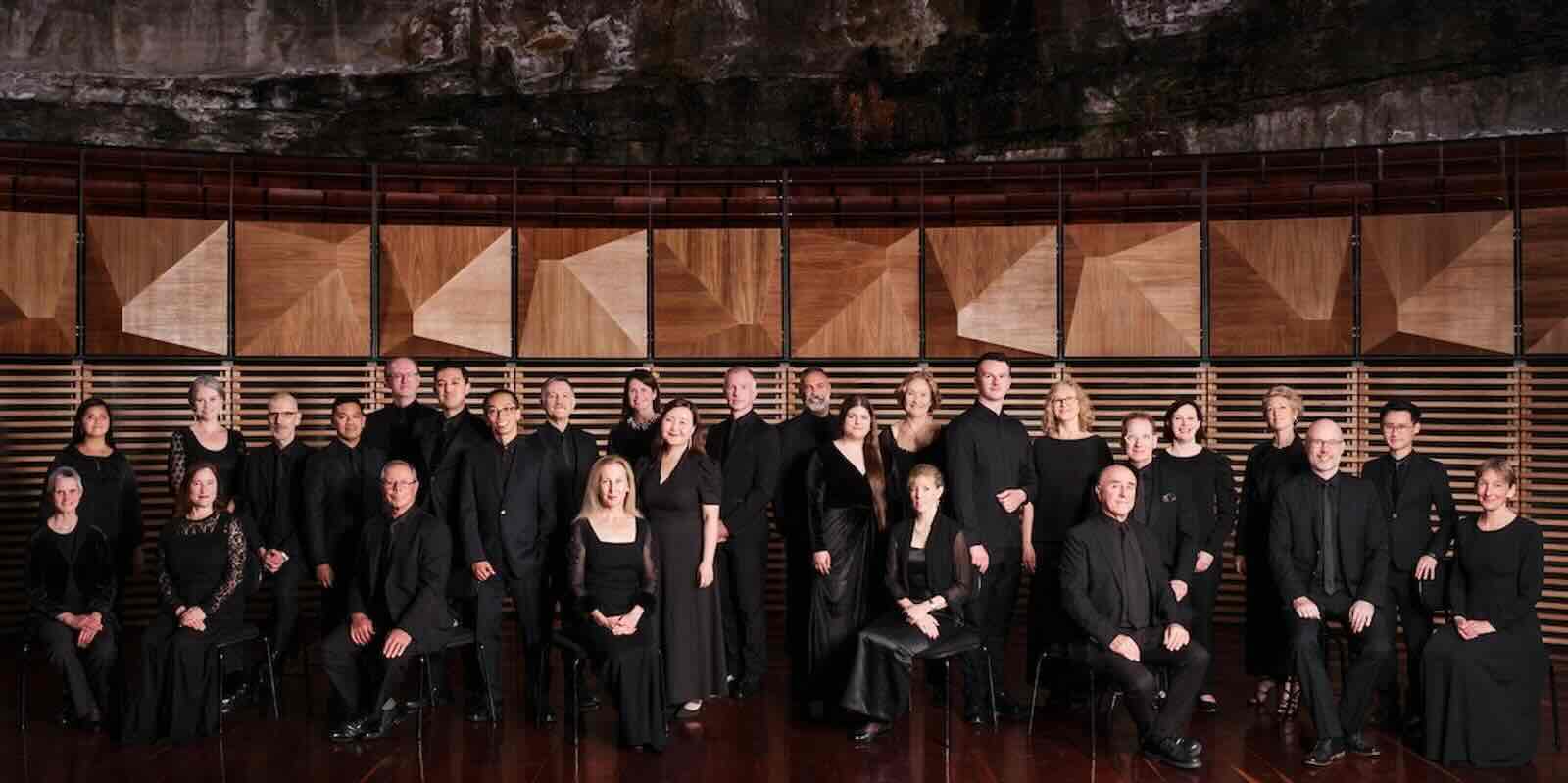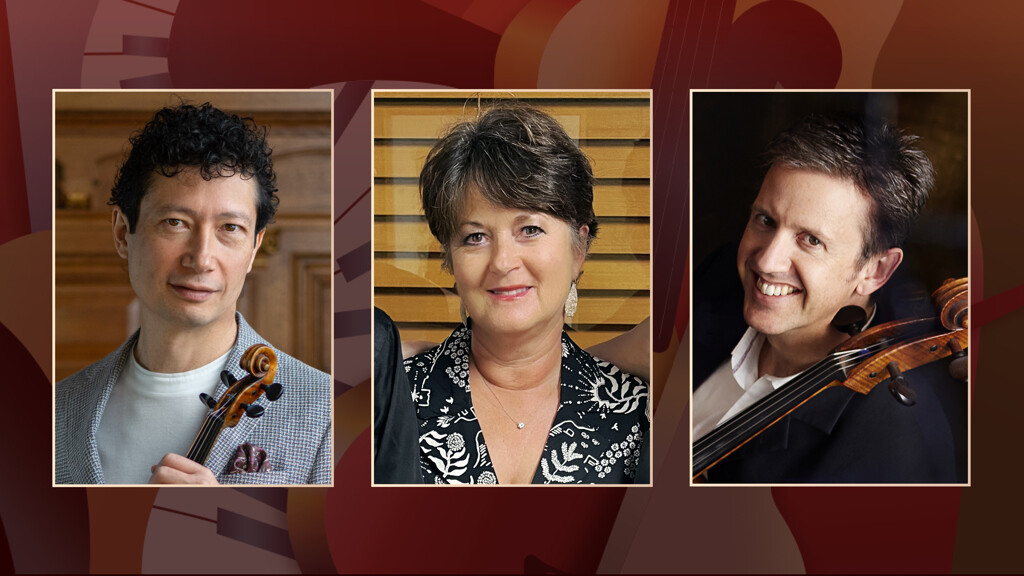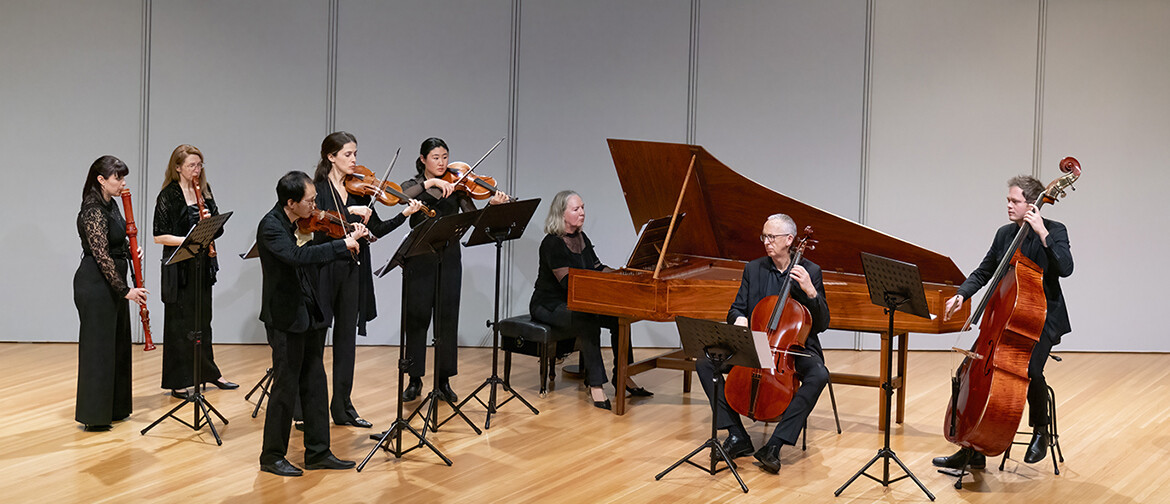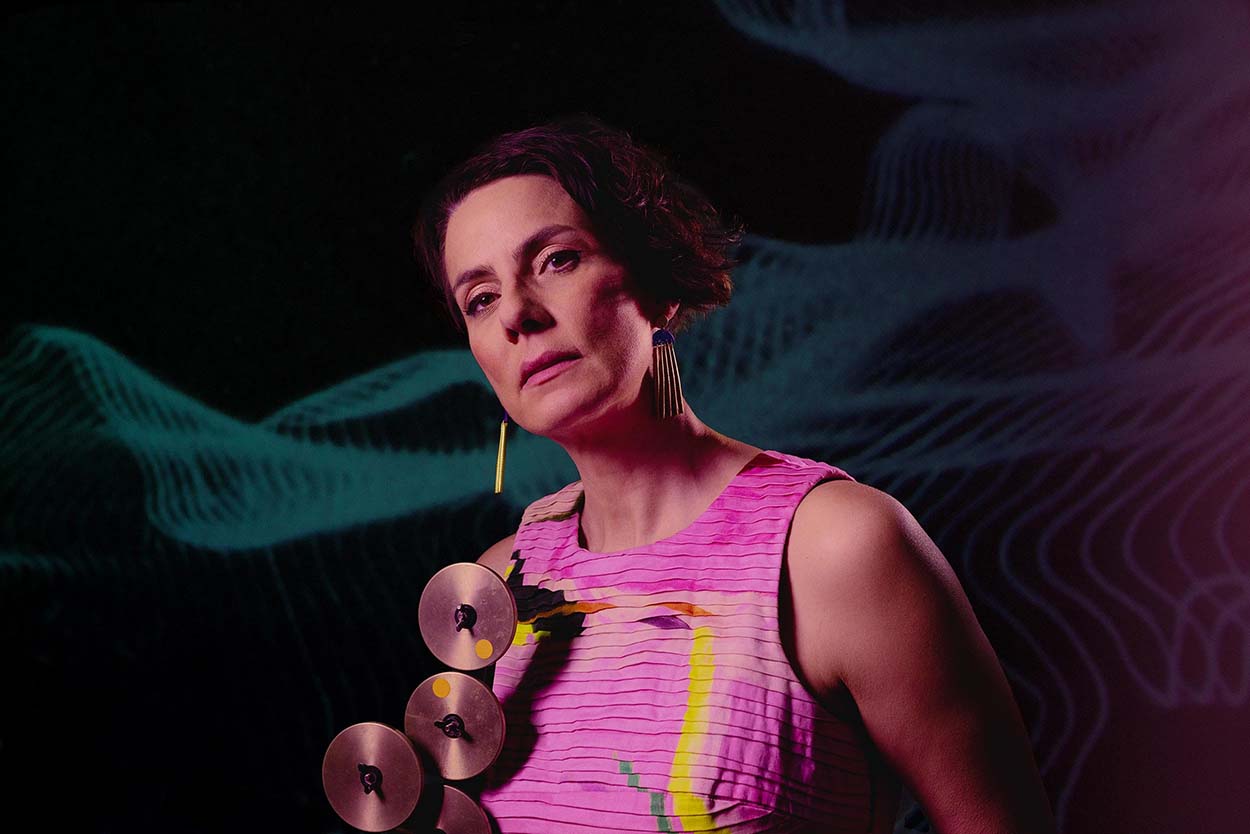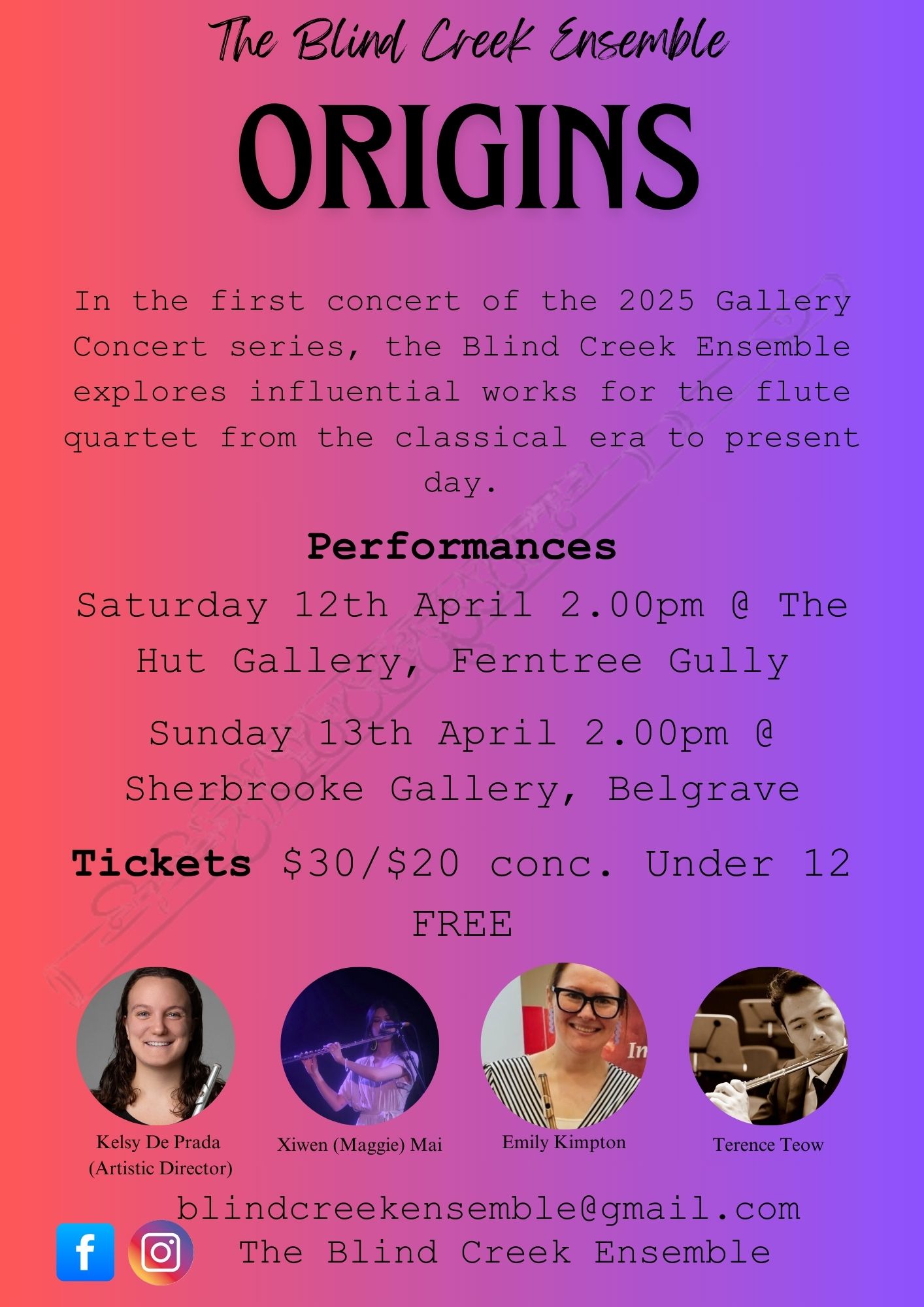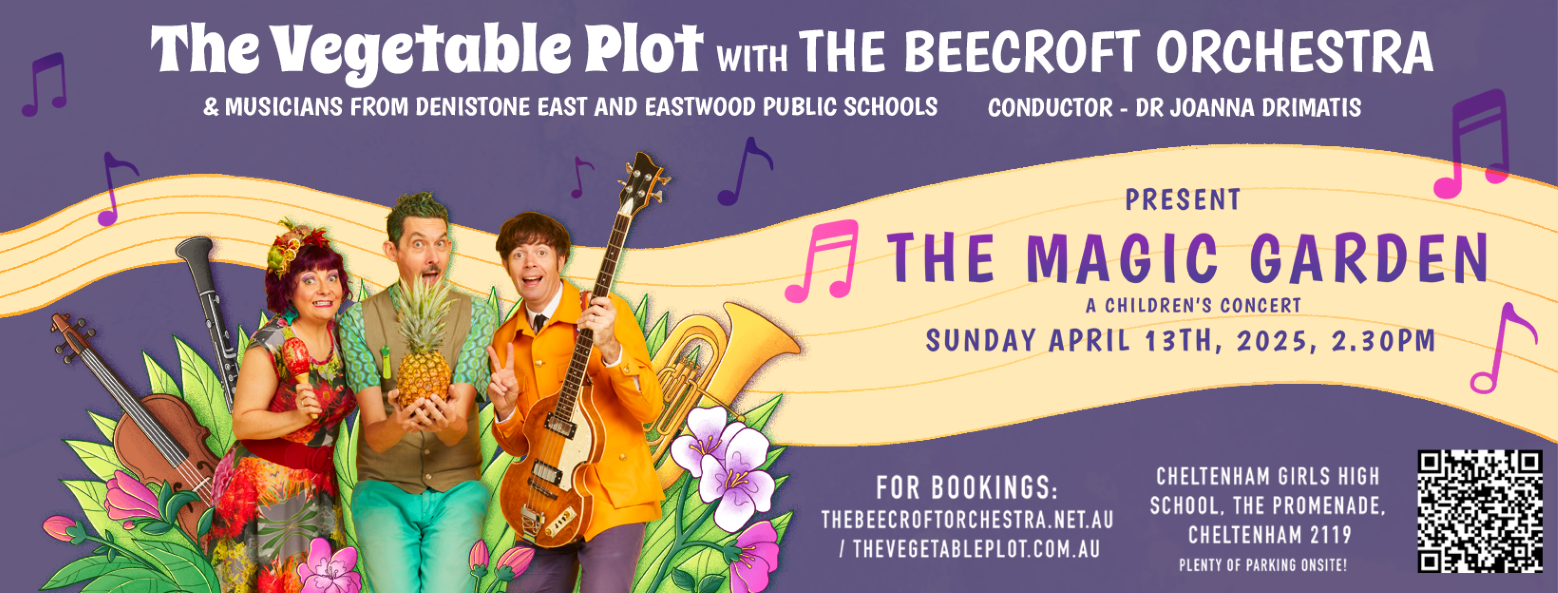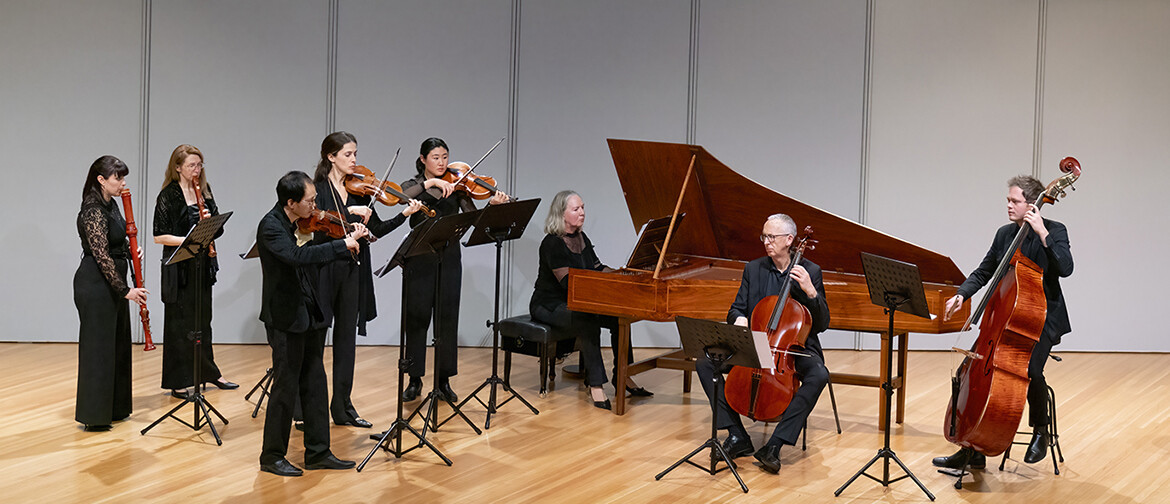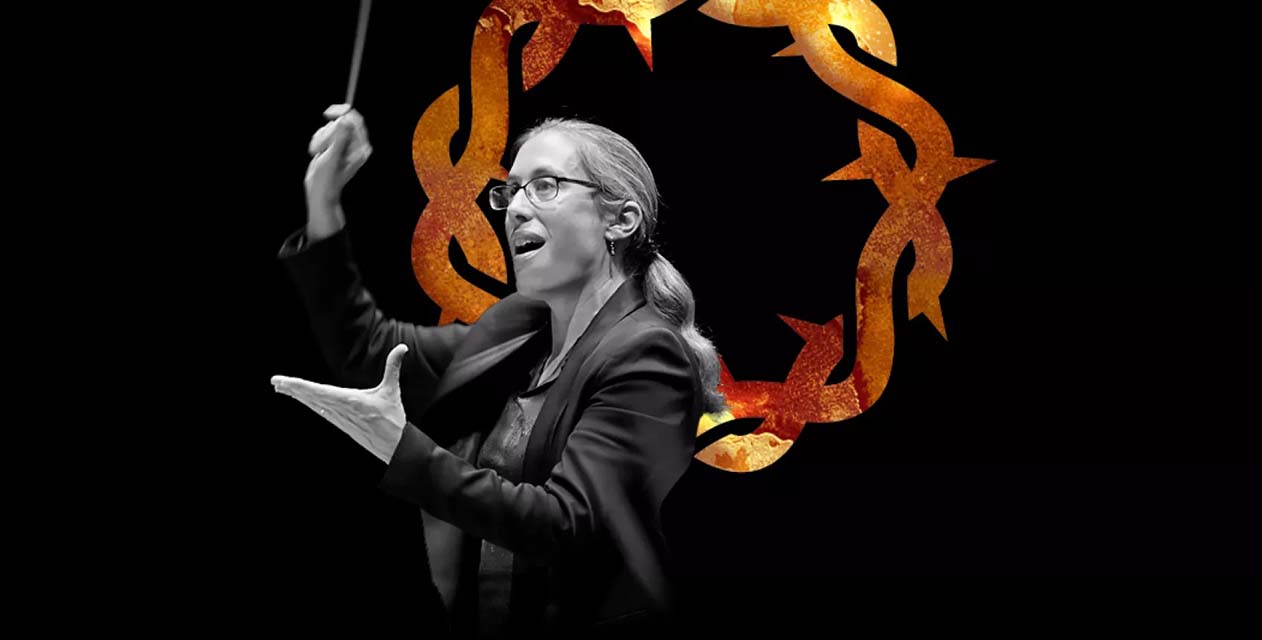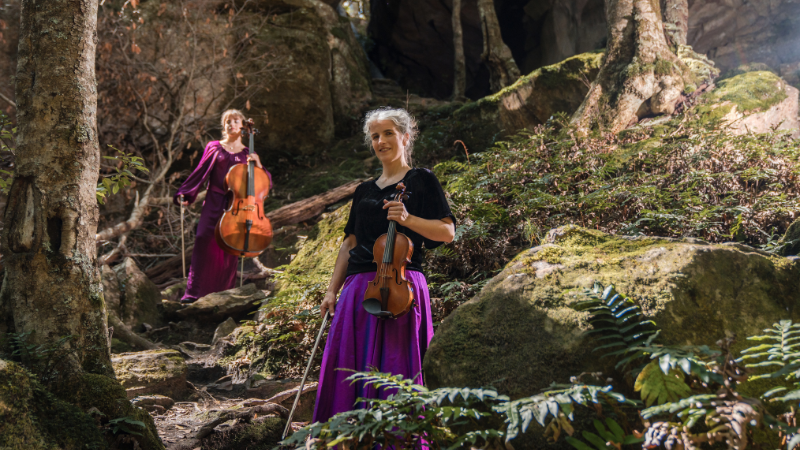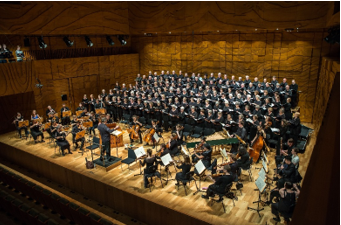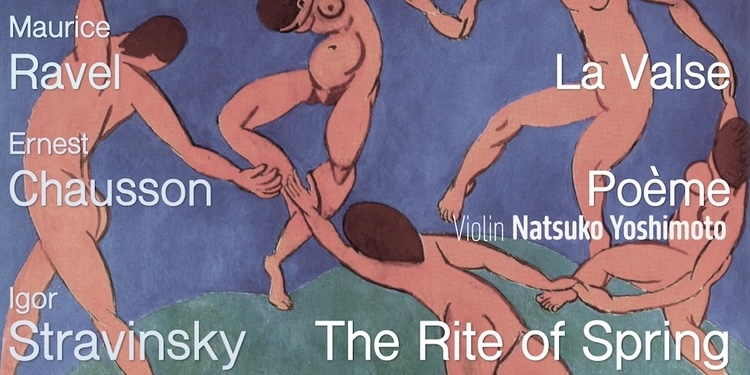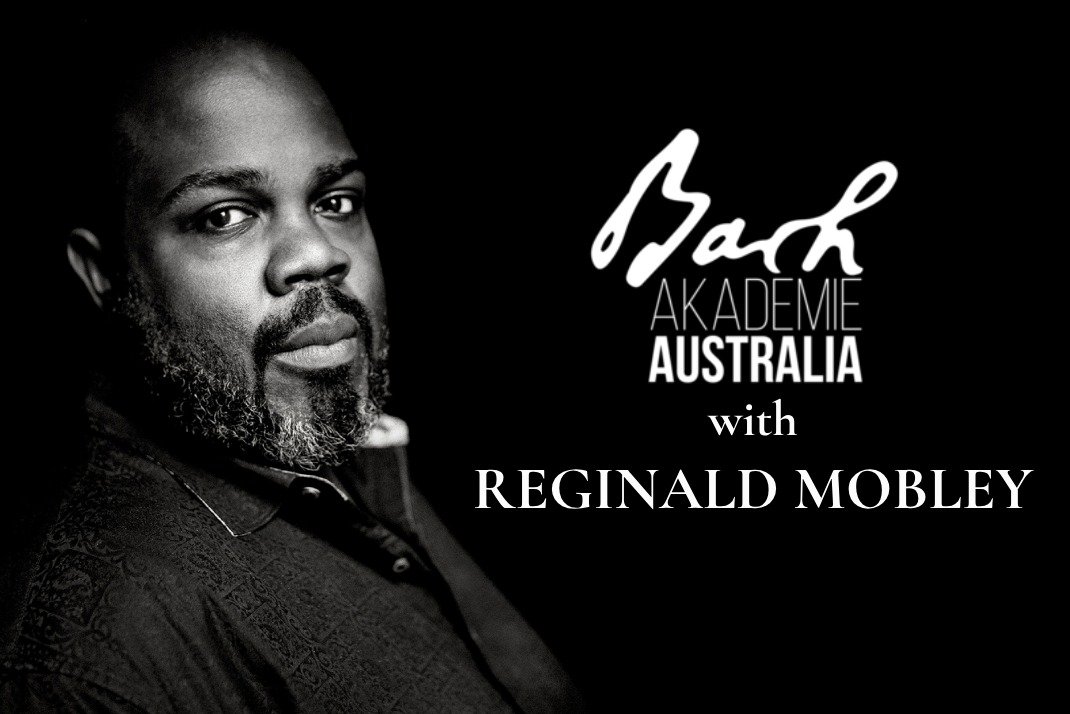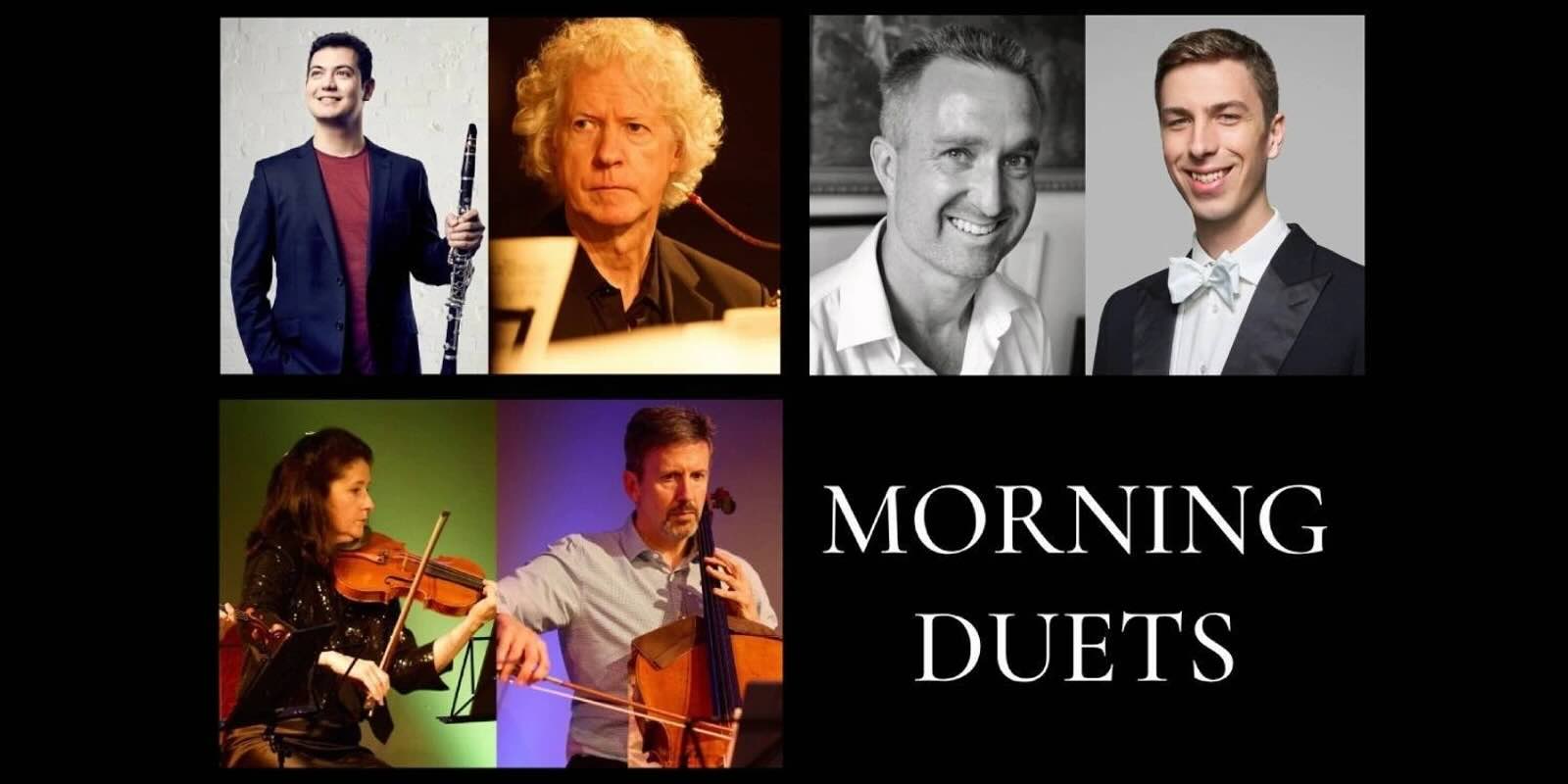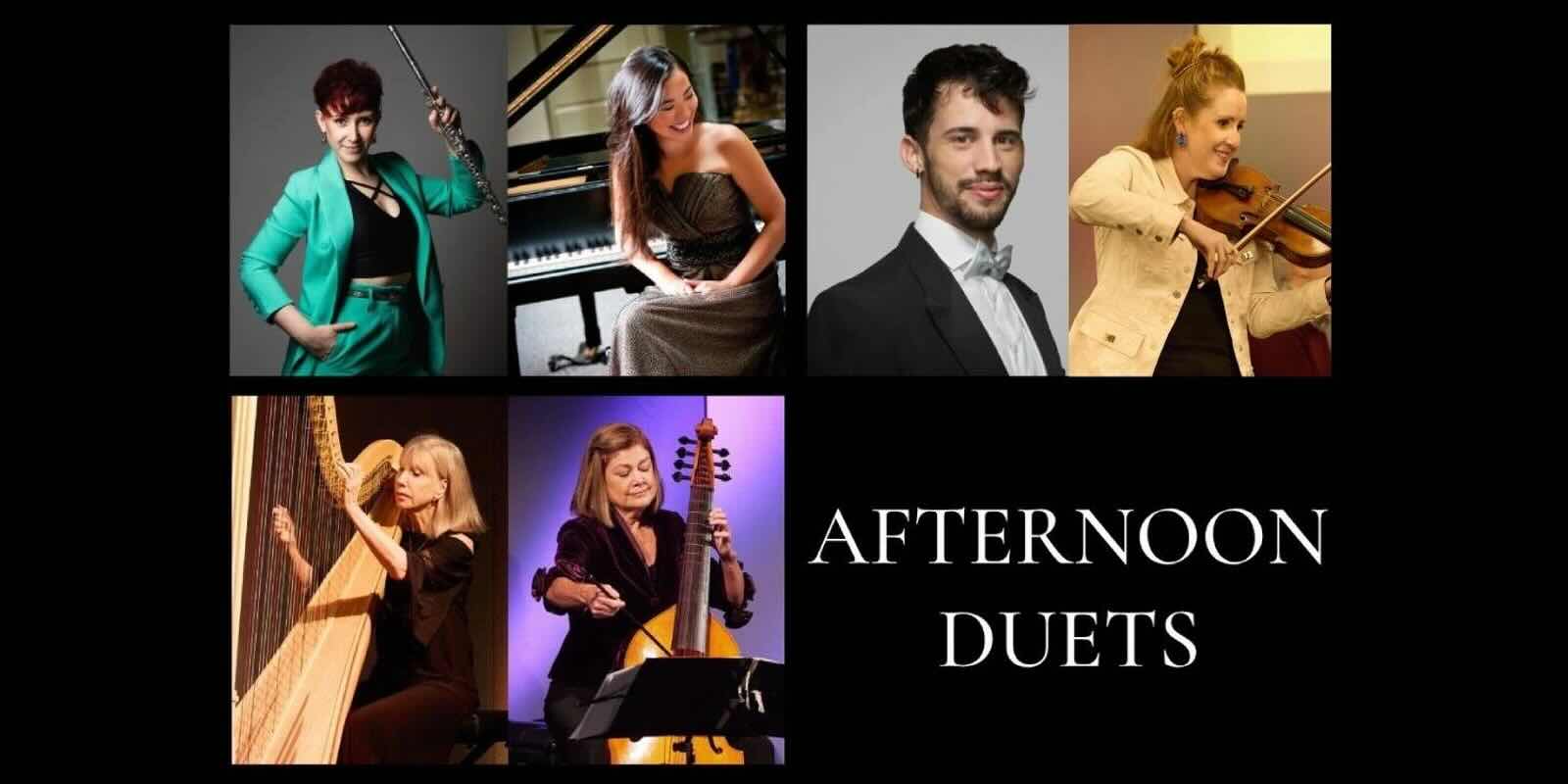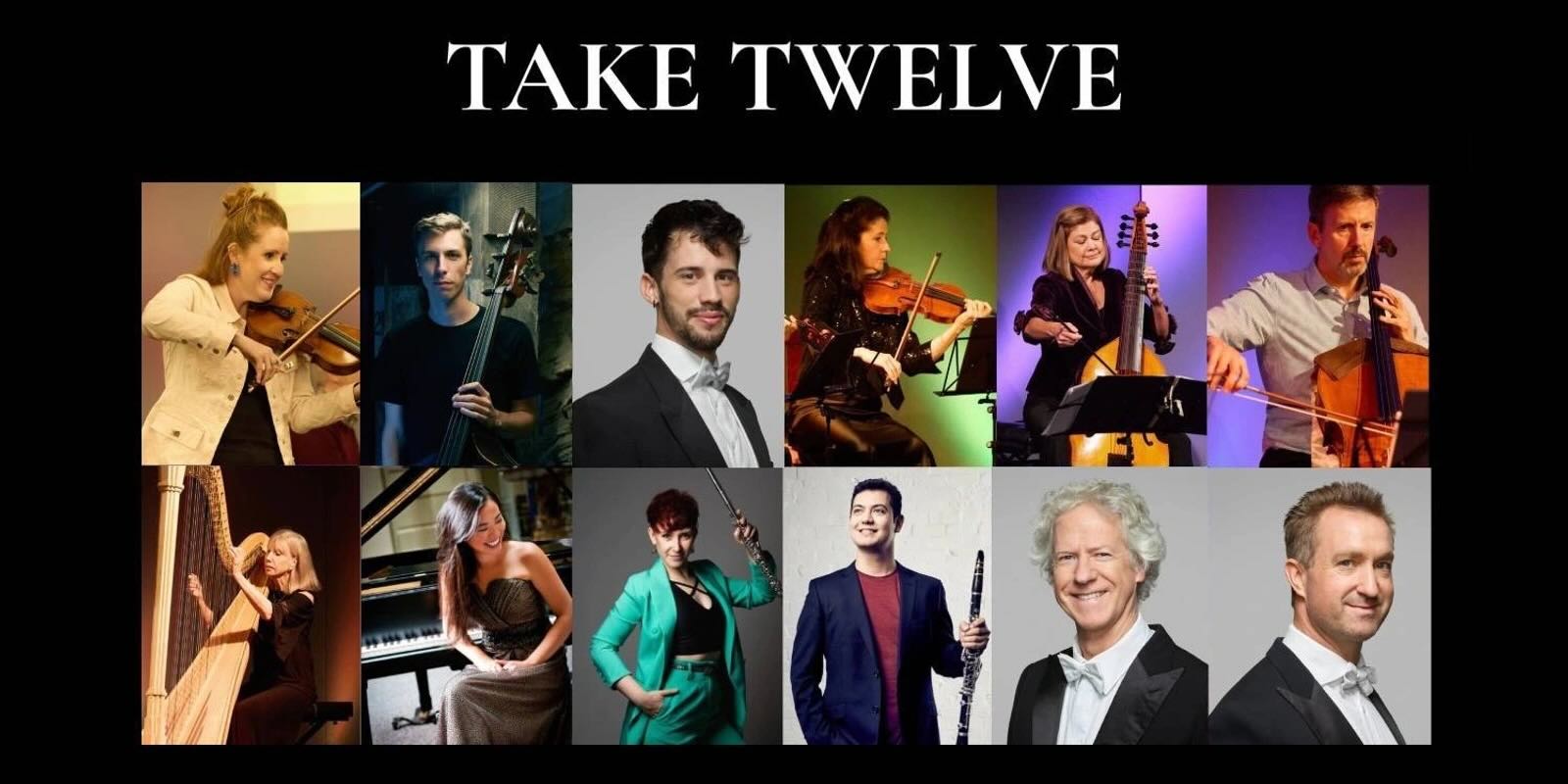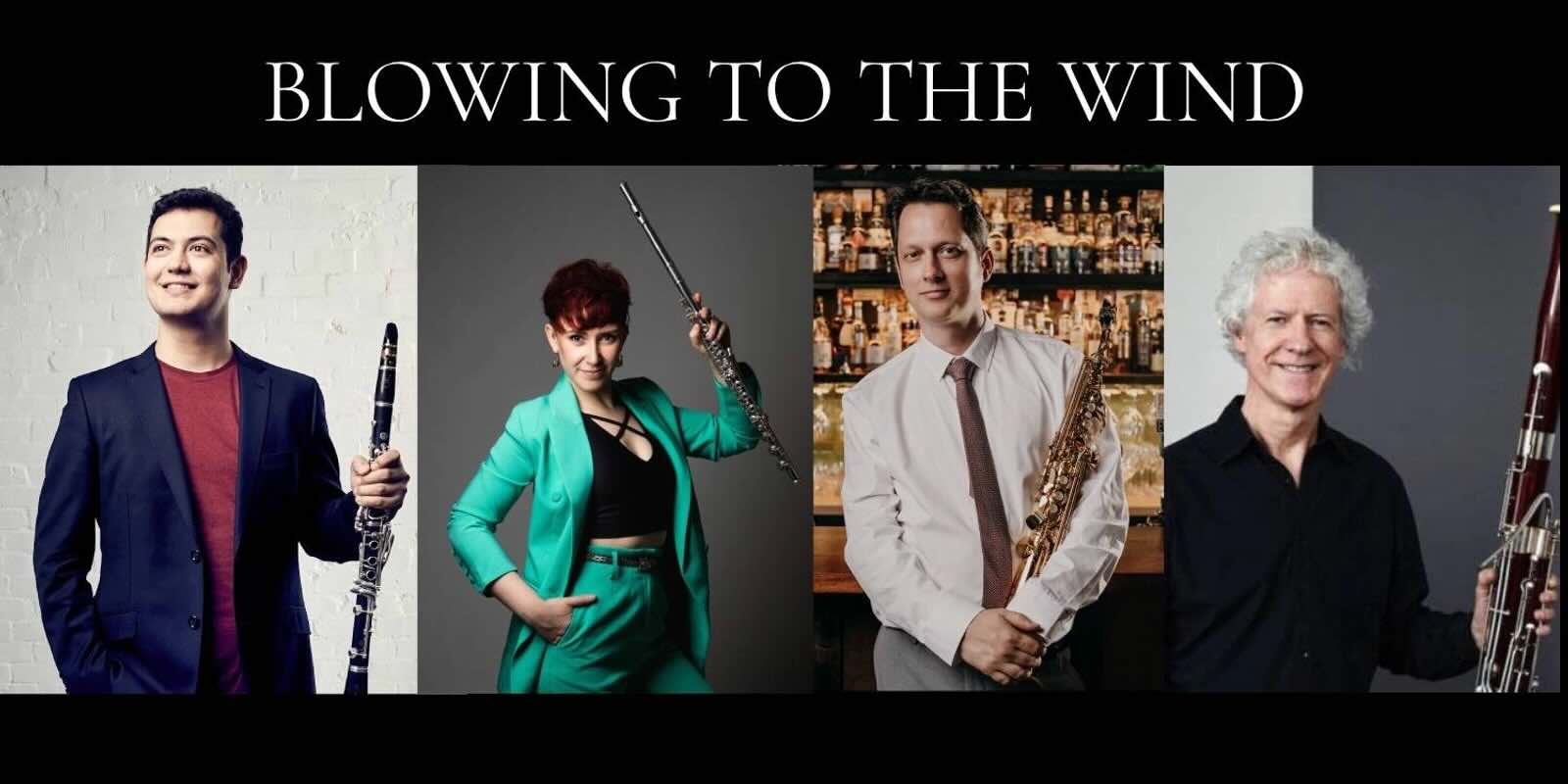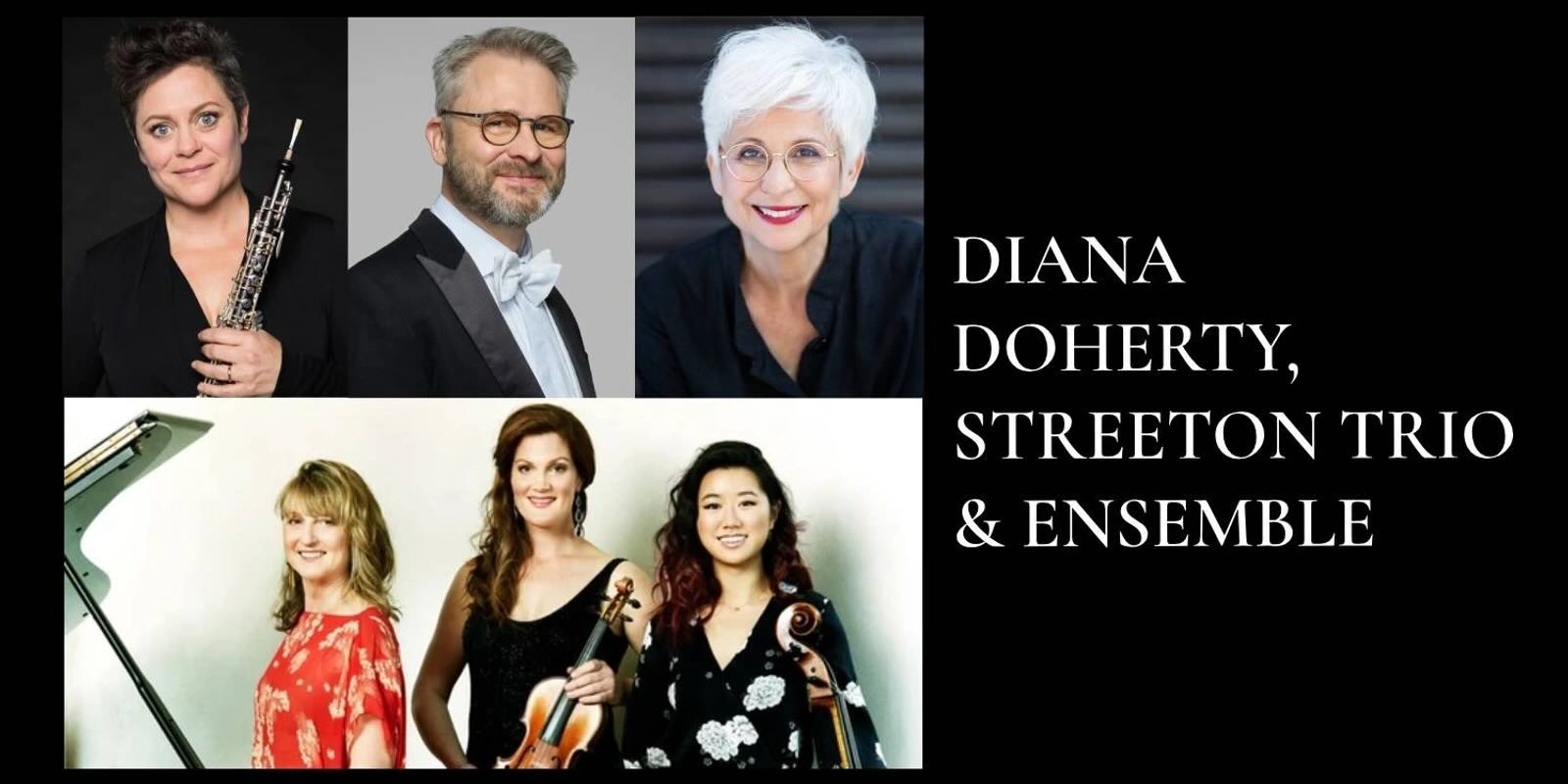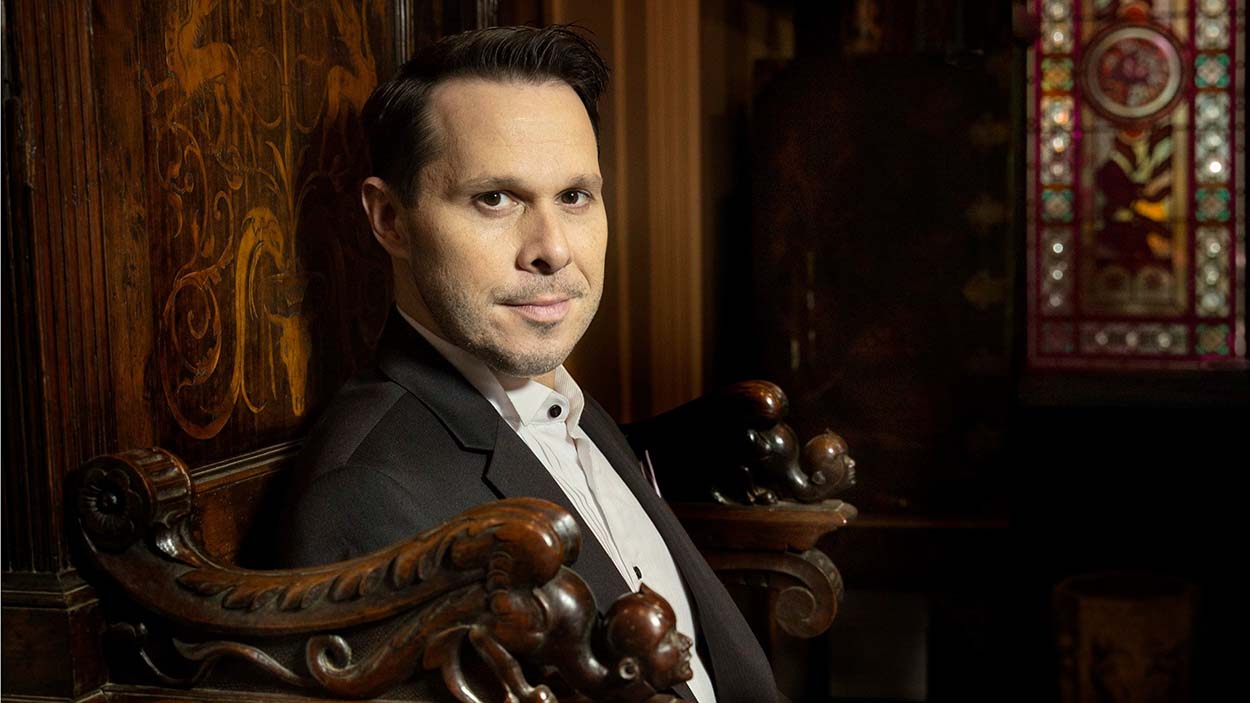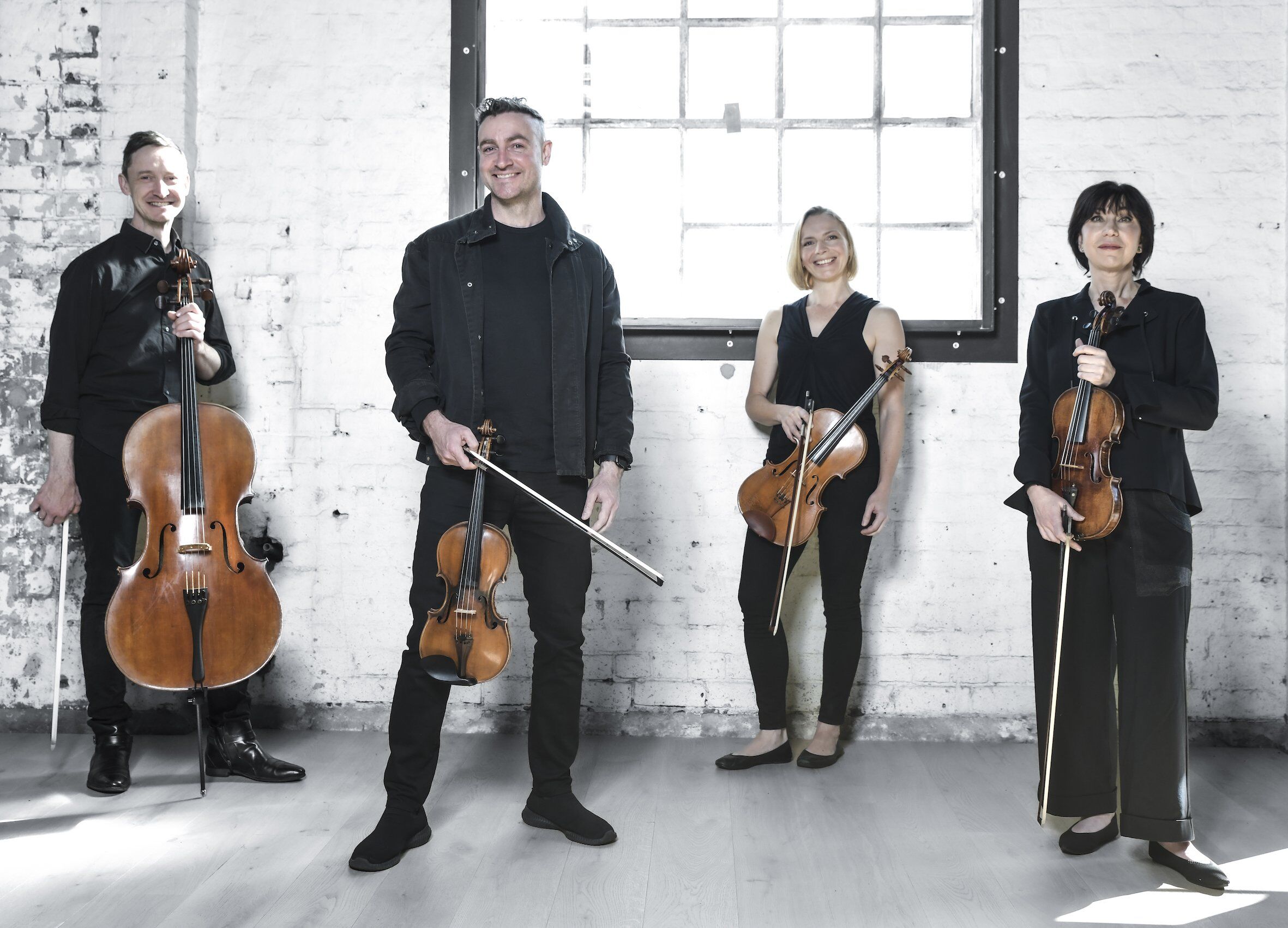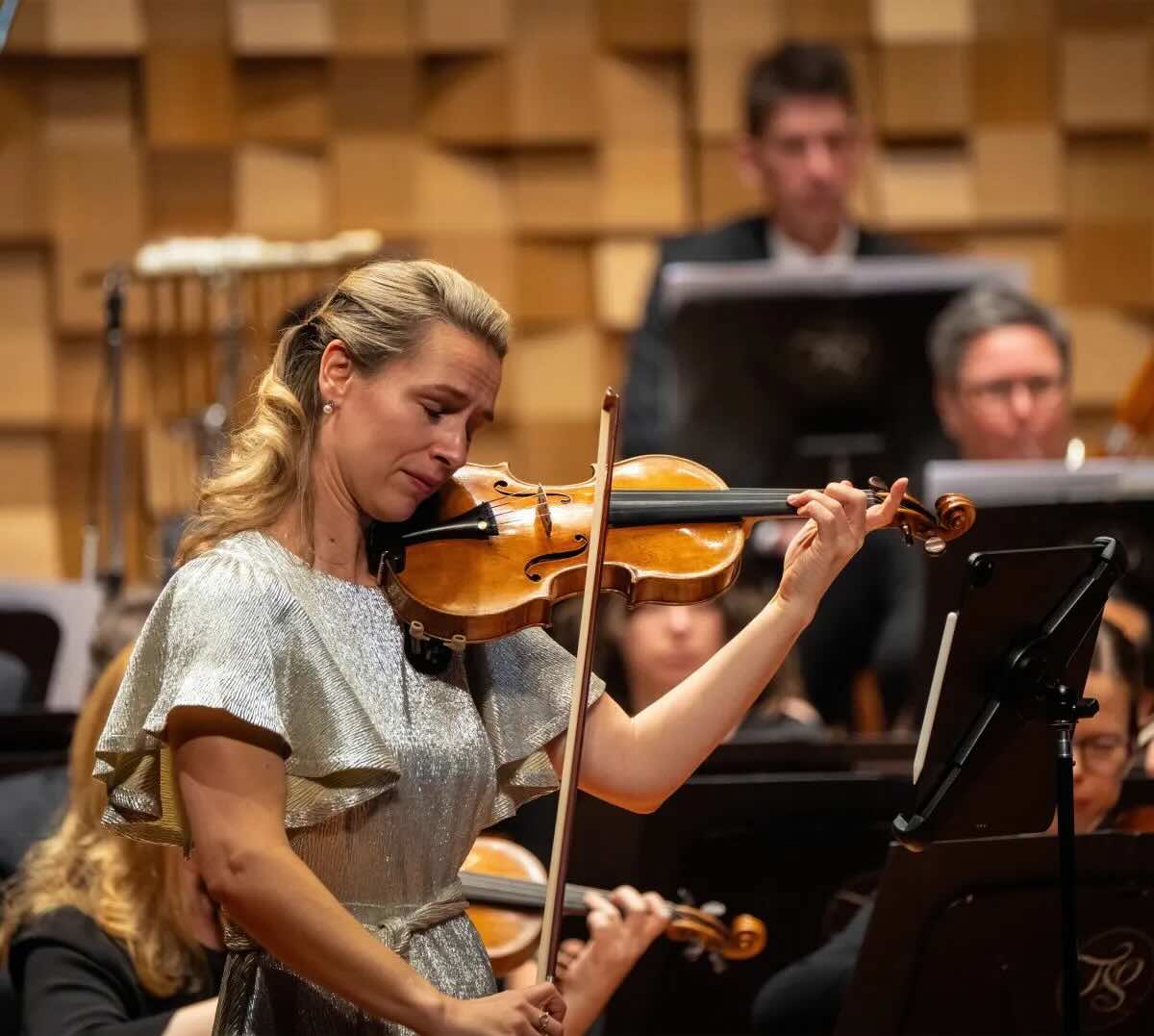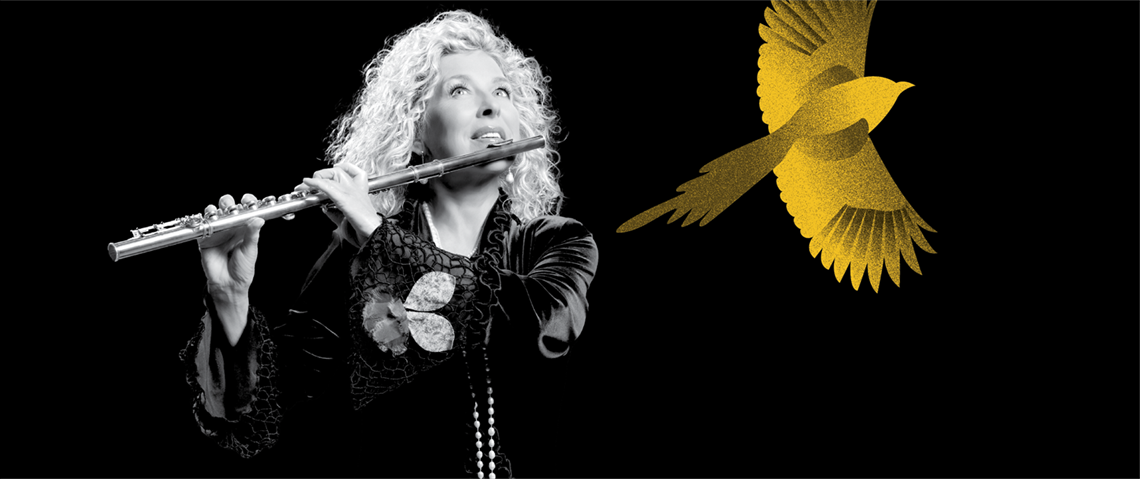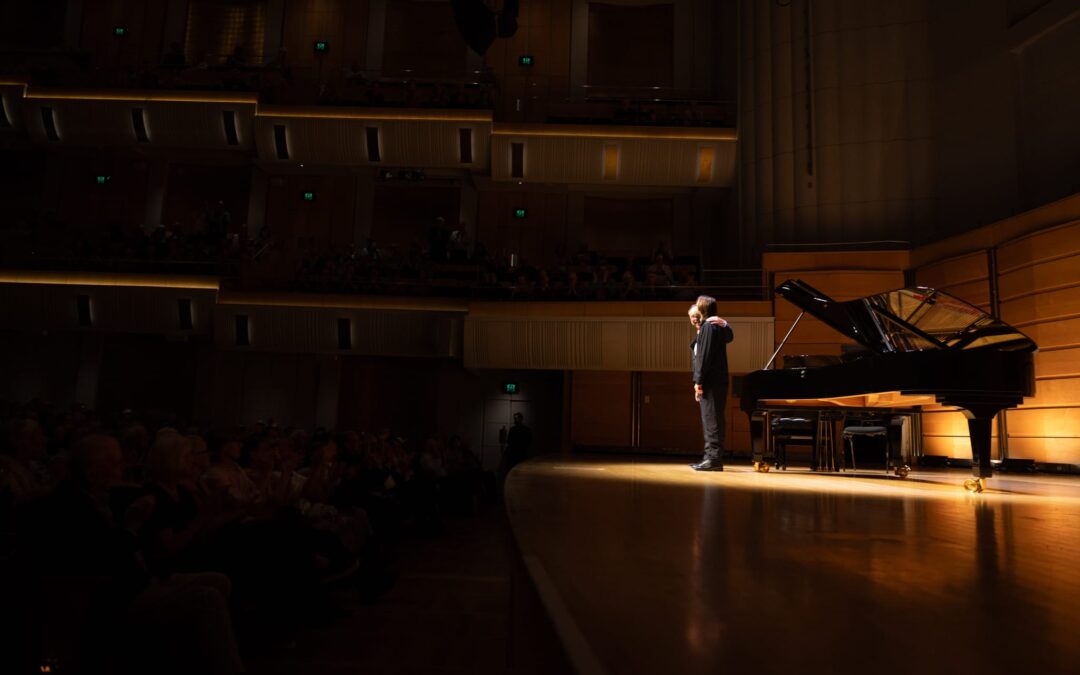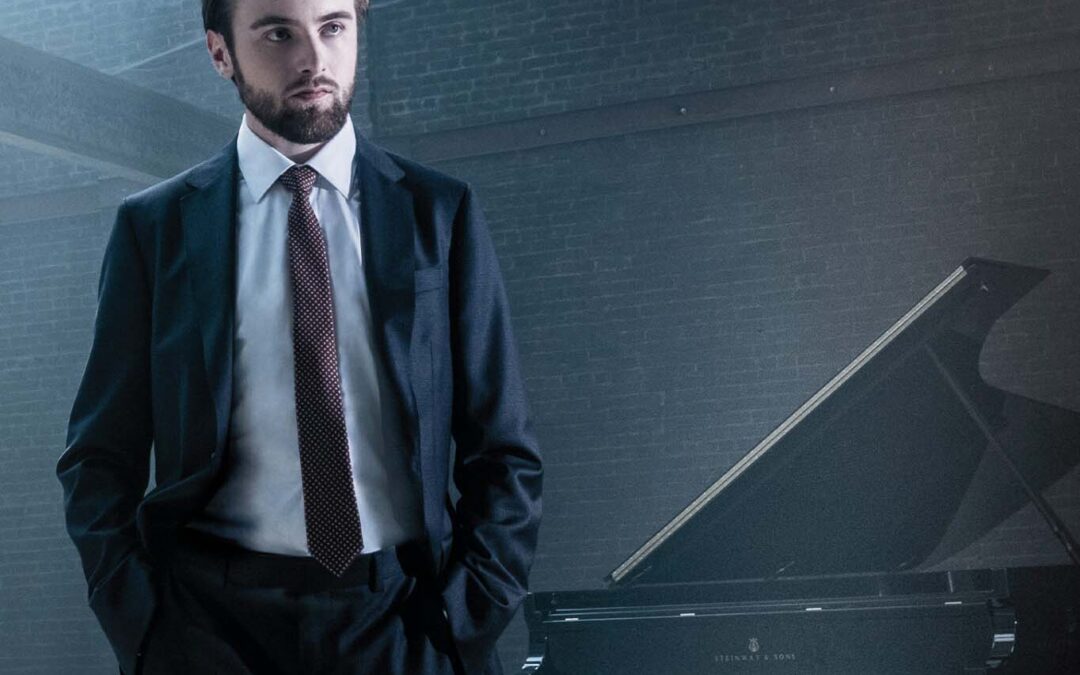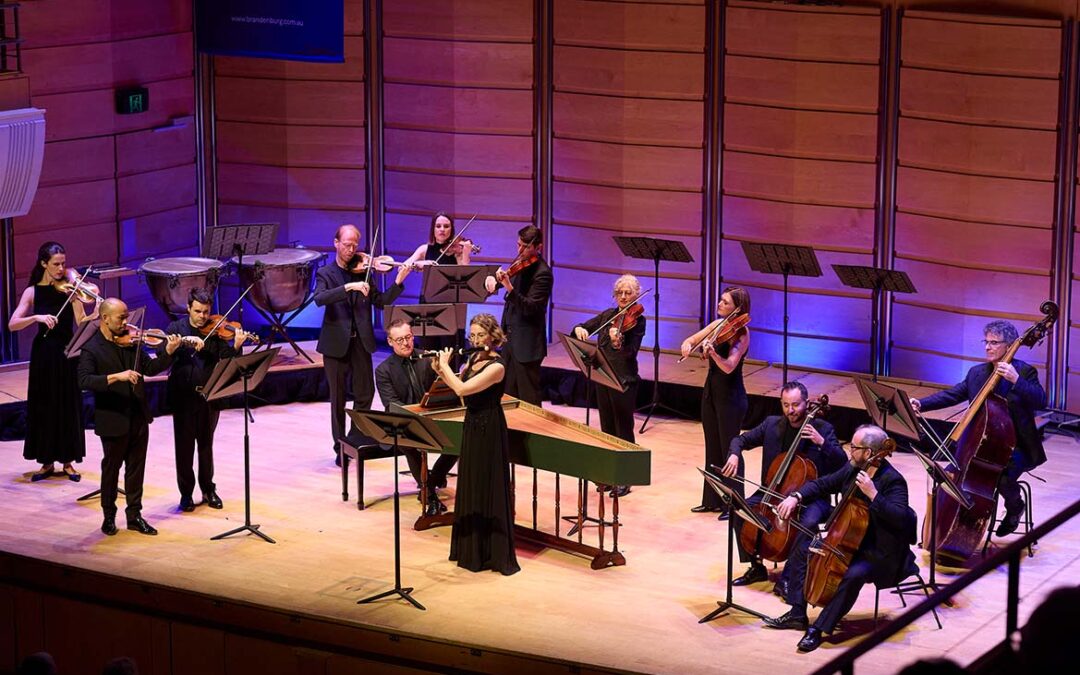Melbourne Symphony Orchestra | Beethoven & Mendelssohn
September 19, Melbourne Town Hall, Melbourne, VIC
Umberto Clerici conductor
Satu Vänskä violin
ROSSINI La Scala di Seta: Overture
BEETHOVEN Violin Concerto
MENDELSSOHN Symphony No.3 Scottish
This concert followed the tried and proven formula of overture followed by a concerto and after the interval a symphony. The audience was entertained with a popular Rossini overture. A brief dramatic flourish of the strings impelled us into the slow introduction with the woodwinds’ perfect ensemble, solid intonation and blend of tone which was how they presented throughout the evening. The dynamic contrasts, crescendos and diminuendos in the score under the confident baton of Umberto Clerici succeeded in building this overture into a dramatic edifice. Was it my imagination or did the orchestra succeed in the light hearted and entertaining electricity of this work, because an Italian conductor was conducting an Italian piece of music? This was a fine beginning to the concert with the communication between conductor and orchestra paving the way for what we were to hear for the rest of the concert.
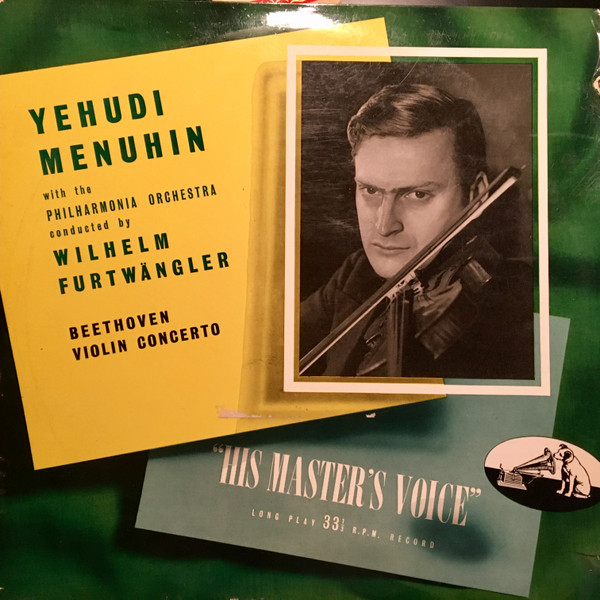 I grew up with a much loved LP recording of the Beethoven violin concerto with Yehudi Menuhin and the Philharmonia Orchestra. This performance with Satu Vänskä was well worth the wait for my first live experience of this work. Like the other people there who were most likely very familiar with this work, I was spellbound for the whole concerto which had so many exquisite moments. This was due in no small part to the blending of orchestra and soloist into a unified body expressing the soul of this piece with artistry and great skill from soloist, conductor and orchestra. Weaving the main themes of the first movement through the orchestra and the violin, one was never aware of competing roles, rather the confident knowledge of each with their role at every moment of this first movement and complementing each other in an ever changing balancing act which upheld the beauty and genius of this first movement.
I grew up with a much loved LP recording of the Beethoven violin concerto with Yehudi Menuhin and the Philharmonia Orchestra. This performance with Satu Vänskä was well worth the wait for my first live experience of this work. Like the other people there who were most likely very familiar with this work, I was spellbound for the whole concerto which had so many exquisite moments. This was due in no small part to the blending of orchestra and soloist into a unified body expressing the soul of this piece with artistry and great skill from soloist, conductor and orchestra. Weaving the main themes of the first movement through the orchestra and the violin, one was never aware of competing roles, rather the confident knowledge of each with their role at every moment of this first movement and complementing each other in an ever changing balancing act which upheld the beauty and genius of this first movement.
The polyphony in the first movement’s cadenza was played with great clarity and the individual lines were clearly phrased giving so much more than a merely virtuosic section in the piece. At the end of the monumental cadenza the orchestra subtly and superbly melted into the re-statement of the main theme with soft pizzicato chords. This was one of the moments where I thought the conductor and soloist were absolutely one in musical intent and this showed in spades throughout the whole concerto.
The slow movement was exquisitely sublime and you could not have heard a pin drop in the audience. I appreciated being in the Melbourne Town Hall where one is closer to the orchestra and the warmth of sound comes across (even above the odd rumble of trams!). The muted strings gave a solid yet subtle background to the soloist and I could appreciate the warmth of the string tone in this space. Special mention must also go to the first clarinet and bassoon whose solos dialogued so well with the soloist. Special mention must also go to the woodwinds as a group for the poise and finesse in their sound. The last movement’s cadenza was also played superbly with its rapidity and dramatic build up leading to the final emphatic ending. There was a heartfelt hug at the end of the concerto between conductor and soloist!
After three curtain calls a microphone was brought on stage and Vänskä played an encore, unusual in that the violin was played like a little guitar with Vänskä singing a Finnish folk tune “There is My Darling” whilst strumming her violin. She can sing! Her vocal delivery highlighted the folksong quality and simplicity of this song and with beautiful artistry communicated its yearning soulful nature. This showed yet another side to Vänskä’s musical artistry and mastery providing a total contrast to the rest of the programme and was also very well received.
“the conductor blended the phrasing superbly with the continuous dynamic shaping.”
Felix Mendelssohn completed his Scottish symphony 12 years after visiting Scotland which may account for my impression that I was almost listening to a Berlioz sound at moments. An Italian conductor conducting an Australian orchestra with a piece by a German composer who had visited Scotland some years earlier; perhaps I heard subtle overtones of the meeting of many themes and cultures arriving and meeting together.
The strings’ sound was firm and warm throughout and ensemble worked well in the rapid sections particularly the scherzo. I loved how the conductor blended the phrasing superbly with the continuous dynamic shaping. The extended clarinet solo in the opening of the scherzo was particularly memorable, both sparkling yet poised. This high standard continued with more really excellent woodwind playing following.
I noted the expressive warm sound of the cello section particularly in the third movement when the horn was in unison with them which I always think is a wonderful blend of sound (listen to the opening of Dvorak’s 8th symphony). This was one of those moments of wonder. There is so much beautiful melodic writing in this movement to swoon over and the orchestra certainly did its best to have us melt in our seats.
The segue (attacca) into the last movement was perfect and skilfully handled. This was a dramatic change from the rhapsodic romance of the third movement’s melodic character into a more robust and energetic feel. During the last movement (and at other times) the four horns could have given the impression that German hunters were in the Scottish woods! There was some fine ensemble in the last movement with the four horns playing together.
From where I sat slightly to the left of the conductor and about 10 rows back, I could see the conductor who throughout the concert looked like he really was enjoying himself. Almost dancing with the music and communicating perfectly with the orchestra, Umberto seemed to me to be getting the most out of the orchestra as evidenced in the dynamic contrast and the excellent building up and taking back in sound of the works in this programme. This gave excitement and drama to the music as well as poise and refinement throughout the concert.
The programme notes were informative and were presented by three different writers for the three different works. I particularly liked Anna Goldsworthy’s notes to the Mendelssohn Scottish Symphony.
This was a most enjoyable concert with very fine playing and I appreciated being in a smaller venue and hearing the sound more directly.

